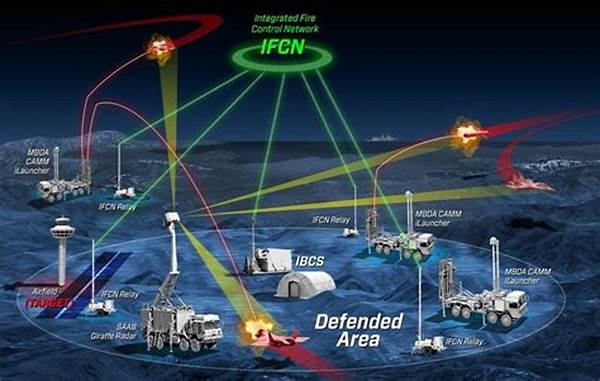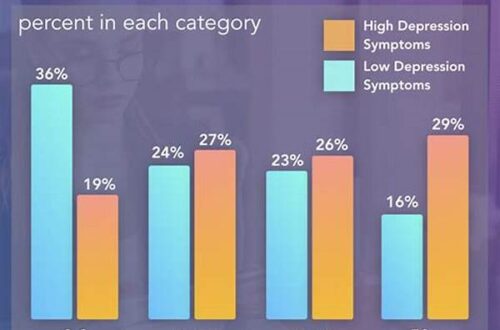In the current geopolitical landscape, the necessity for advanced security measures has become increasingly evident. Nations worldwide are investing heavily in technologies that enhance their defense capabilities. Among these technologies, integrated defense command systems stand out as crucial components in ensuring national security. These systems offer a comprehensive approach to coordinating military operations, enhancing communication, and facilitating decision-making processes across multiple levels of command.
Understanding Integrated Defense Command Systems
Integrated defense command systems represent a strategic advancement in military technology, enabling seamless coordination and control across various branches of the armed forces. These systems facilitate real-time data exchange and provide situational awareness to commanders, ensuring that they can make informed decisions swiftly and effectively. By integrating various technologies such as radar, satellite communication, and cyber systems, integrated defense command systems enhance the synchronization of military operations, reduce the chances of miscommunication, and bolster national security. Furthermore, they allow for a unified response to emerging threats, thereby enhancing a nation’s ability to anticipate and counter potential adversaries efficiently. The integration offered by these systems is vital in modern warfare, where speed, accuracy, and coordination are key to maintaining an operational advantage.
Key Features of Integrated Defense Command Systems
1. Real-time Data Processing: Integrated defense command systems allow for instantaneous processing of data, facilitating informed decision-making.
2. Enhanced Communication: These systems improve communication across various military departments, ensuring seamless information exchange.
3. Situational Awareness: By providing comprehensive real-time data, these systems enhance situational awareness for military commanders.
4. Threat Mitigation: Integrated defense command systems allow for early detection and swift response to potential threats.
5. Resource Optimization: These systems enable optimal allocation and utilization of military resources, ensuring efficient operation and management.
Technological Components of Integrated Defense Command Systems
The technological framework behind integrated defense command systems is multifaceted, incorporating an array of sophisticated tools and platforms. Core components include cutting-edge radar systems, which provide critical surveillance capabilities and ensure timely threat detection. Additionally, satellite communication plays a pivotal role in extending the reach of these systems beyond terrestrial limitations, guaranteeing communication integrity even in remote operational theaters. Cybersecurity measures are also indispensable, protecting the integrity of data and command structures against potential cyber threats. The amalgamation of these technologies within integrated defense command systems not only bolsters national defenses but also enhances coordination amongst allied forces, fostering a collaborative approach to global security challenges.
Strategic Implications of Integrated Defense Command Systems
The strategic utilization of integrated defense command systems has significant implications for national security. Firstly, these systems enhance deterrence capabilities by projecting a well-coordinated and robust military posture. Nations equipped with such advanced systems are better positioned to deter potential adversaries, thereby contributing to regional stability. Secondly, integrated defense command systems facilitate rapid mobilization and deployment of military assets in response to emerging threats, thereby minimizing response times and increasing operational efficacy. Finally, the strategic advantage offered by these systems lies in their ability to integrate seamlessly with international allies, fostering interoperability and strengthening collective security frameworks.
Challenges in Implementing Integrated Defense Command Systems
Despite the substantial benefits offered by integrated defense command systems, their implementation is not without challenges. The integration of diverse military technologies requires significant investment in infrastructure and training, posing logistical and financial hurdles. Moreover, ensuring cybersecurity across these complex systems is paramount, as any vulnerability could potentially compromise national security. Another challenge lies in achieving interoperability between different branches of the military and allied nations, which necessitates extensive collaboration and standardization of protocols. Overcoming these challenges is essential to fully harness the potential of integrated defense command systems in enhancing national security.
Future Prospects for Integrated Defense Command Systems
The evolution of integrated defense command systems is closely tied to advances in technology and military strategy. Future prospects for these systems include the incorporation of artificial intelligence and machine learning, which would enable predictive analytics and proactive threat identification. Additionally, advancements in quantum computing hold the potential to revolutionize data encryption and communication security within these systems. The continued development of integrated defense command systems will likely be shaped by the ever-evolving landscape of global security, necessitating constant innovation and adaptation to address emerging challenges.
Summary of Integrated Defense Command Systems
In summary, integrated defense command systems are indispensable in modern military operations, offering unparalleled coordination, communication, and situational awareness. These systems enhance national security postures through their ability to integrate diverse technologies, providing a unified platform for military command and control. While the benefits of integrated defense command systems are clear, their implementation presents numerous challenges that need to be addressed to fully capitalize on their potential. As technological advancements continue to unfold, these systems will evolve, offering enhanced capabilities and strategic advantages to nations that invest in their development. The future of integrated defense command systems is poised for growth, driven by the need for adaptable and resilient defense infrastructure amidst an unpredictable global security environment.





